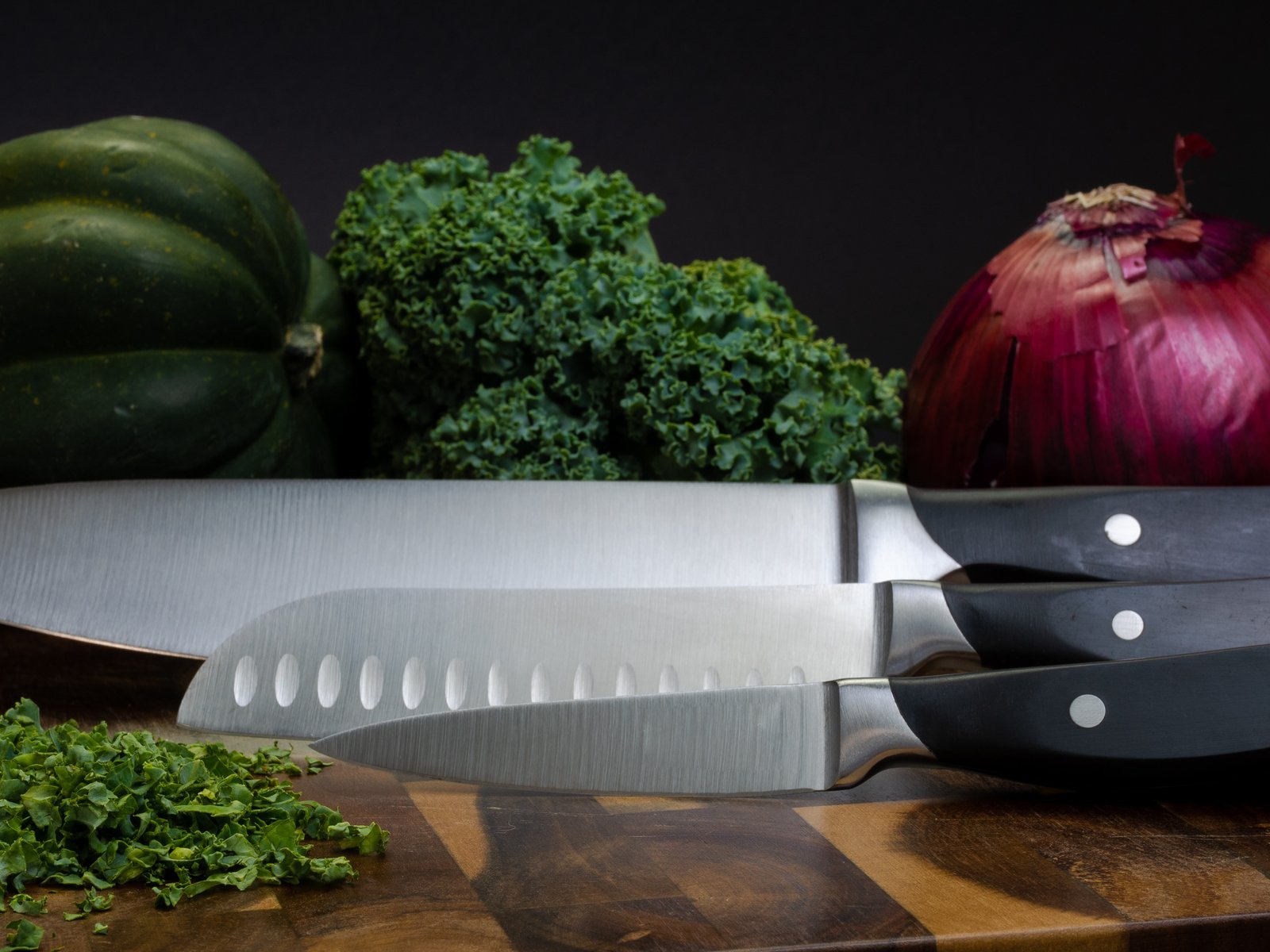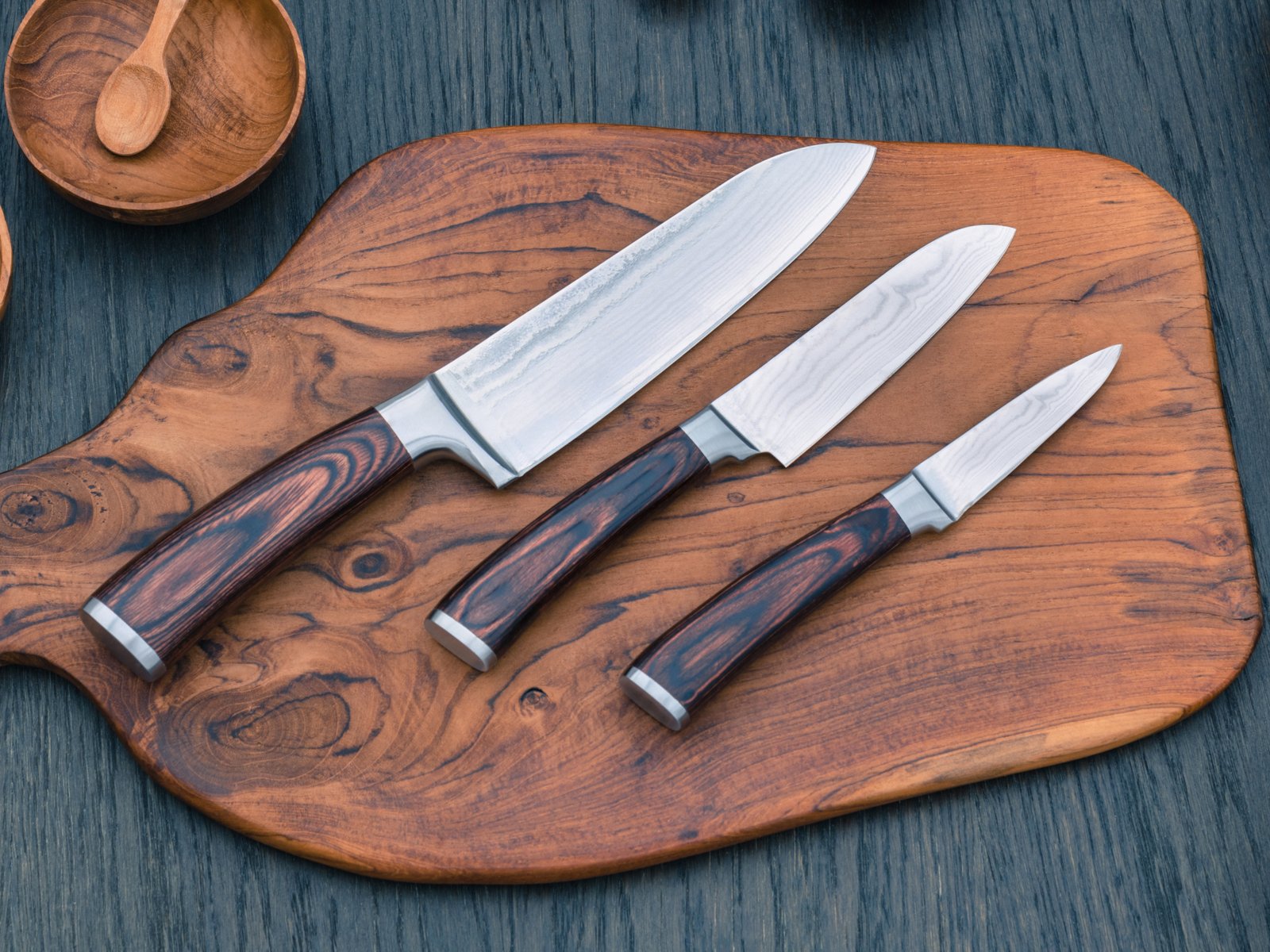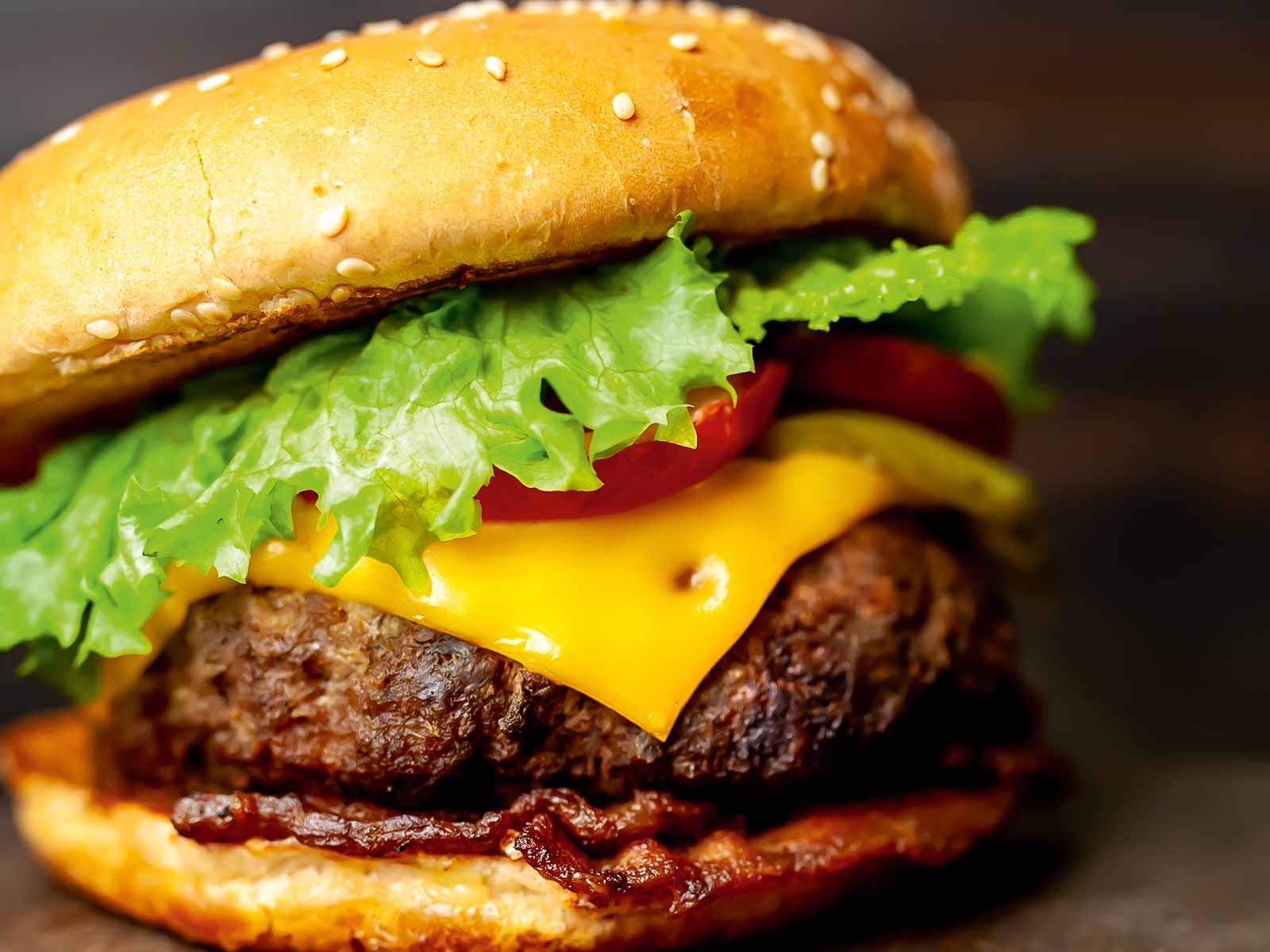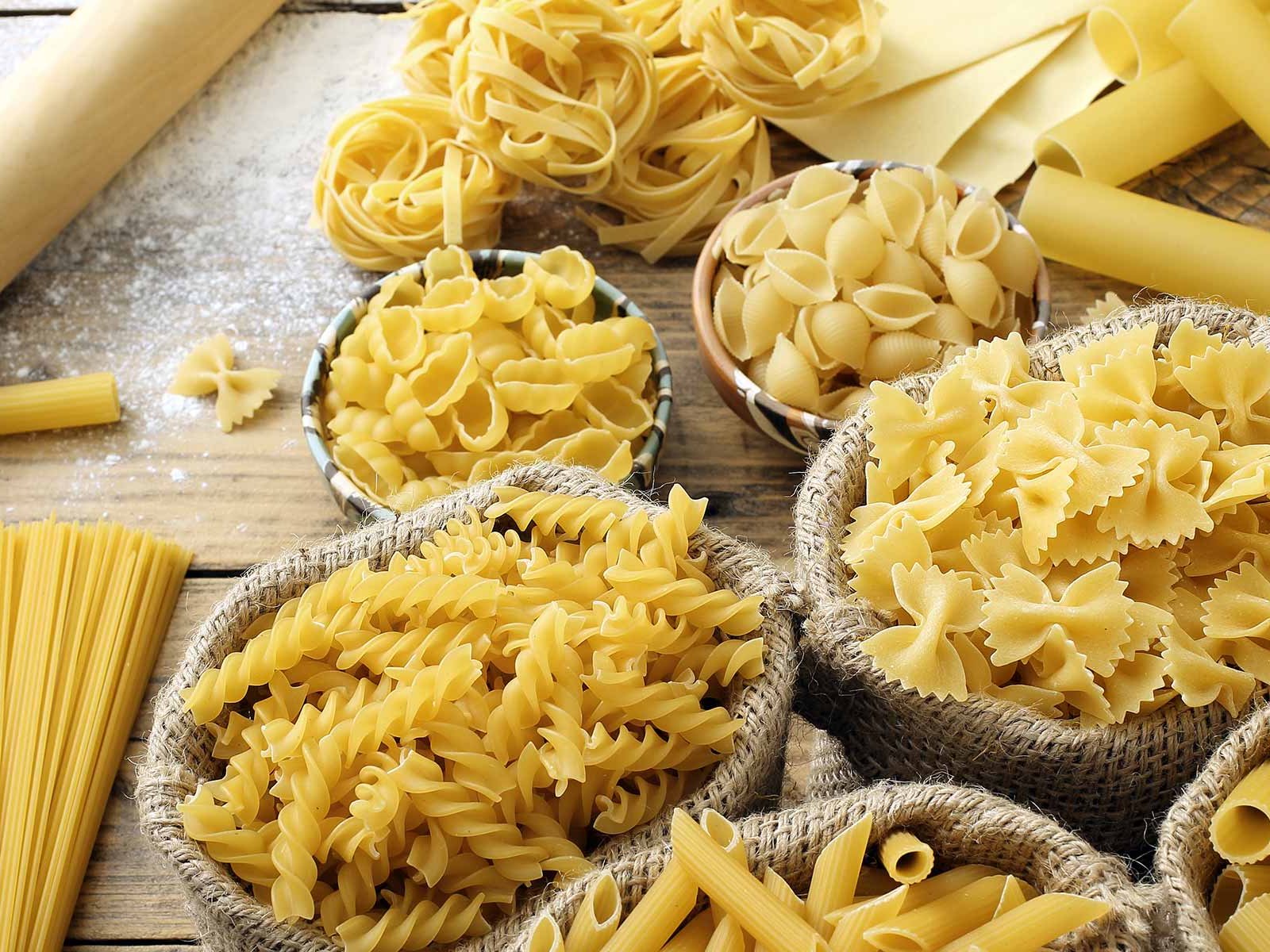How to Cook the Perfect Steak
All the facts you need to cook that perfect, juicy steak every time.
Quite apart from high quality meat, you also need the right equipment. We explain how to season, why you need a meat thermometer and why a cast iron pan is best.
Core Temperature:
The best investment for steak lovers is a meat thermometer. Every animal, every steak, every cooker and every pan is different – which is why stating cooking times is flawed and usually leads to disappointing results. The core temperature of the meat is a much better guide and lets you know exactly to which point the steak is cooked. Save yourself the hassle, buy a roasting thermometer and never overcook a steak again.
- Below 48°C/118°F: Rare – the meat is just warm; the intramuscular fat has not melted. Liquid loss is lowest, but it still feels less juicy than medium rare. The flavour is not yet fully developed.
- 54-60°C/129-140°F: Medium rare – for many, this is the ideal doneness because the meat tastes juiciest and strongest at this temperature. It changes colour, becoming more pink and firmer. It has hardly lost any liquid but is more chewable, the intramuscular fat has partially melted.
- 60-65°C/140-149°F: Medium – a similar taste to medium rare, but the fluid loss is already higher, and the meat starts to look dry.
- 65-71°C/149-160°F: Medium - well done – the pink meat slowly turns grey and becomes drier.
- From 71°C/160°F: Well done – highest liquid loss, the meat is hard and grey.
The Maillard Reactions:
Resting:
Proper resting of cooked meat is at least as important as proper cooking. If a steak is cut immediately without resting, the delicious juices simply run out. However, if the meat is allowed to rest, the muscle fibres relax and re-absorb the juices, plus the juice thickens a little. A good rule of thumb is to rest the steak for half the time you spent cooking it, ensuring a juicy steak.
Cooking Sequence:
Thick steaks should be cooked in the oven first or sous vide and then seared, not the other way round. The reason is simple: warm meat browns faster and better in the pan – it needs to be exposed to high heat for a shorter time and is less likely to overcook. Besides, its beautiful crust would be ruined during the slower subsequent oven cooking.
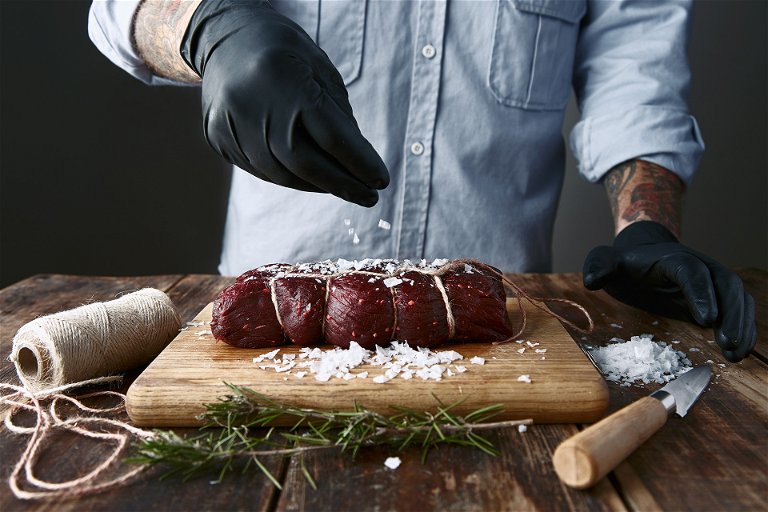
Juiciness:
Salting:
There are three good ways to salt your steak: at least an hour before (the day before is preferable) or immediately before or after cooking. The day before is best because the salt draws out the moisture in the steak, the salt then dissolves in this moisture creating a brine that is re-absorbed back into the steak. In this process, the lean muscle proteins in the meat are broken down, making it juicier and more tender. For maximum tenderness, you need to give the salt time to work its magic. If you do not leave enough time for the salt to react, drops of liquid will form on the surface which will lower the temperature when cooking and thus prevent the steak from browning before it has cooked. If you have forgotten to salt early or simply don't have the time, salt your steak immediately before cooking. It is still worth doing this as salted meat is better able to retain liquid when heated, so pre-salted meat is therefore less likely to overcook or dry out during cooking.
Searing:
It is one of the most widespread and persistent myths that searing ‘seals’ the meat, making it juicier. This is complete nonsense. Hot searing merely achieves faster what slow searing achieves with more time – browning the surface of the meat during the above-mentioned Maillard reactions.

